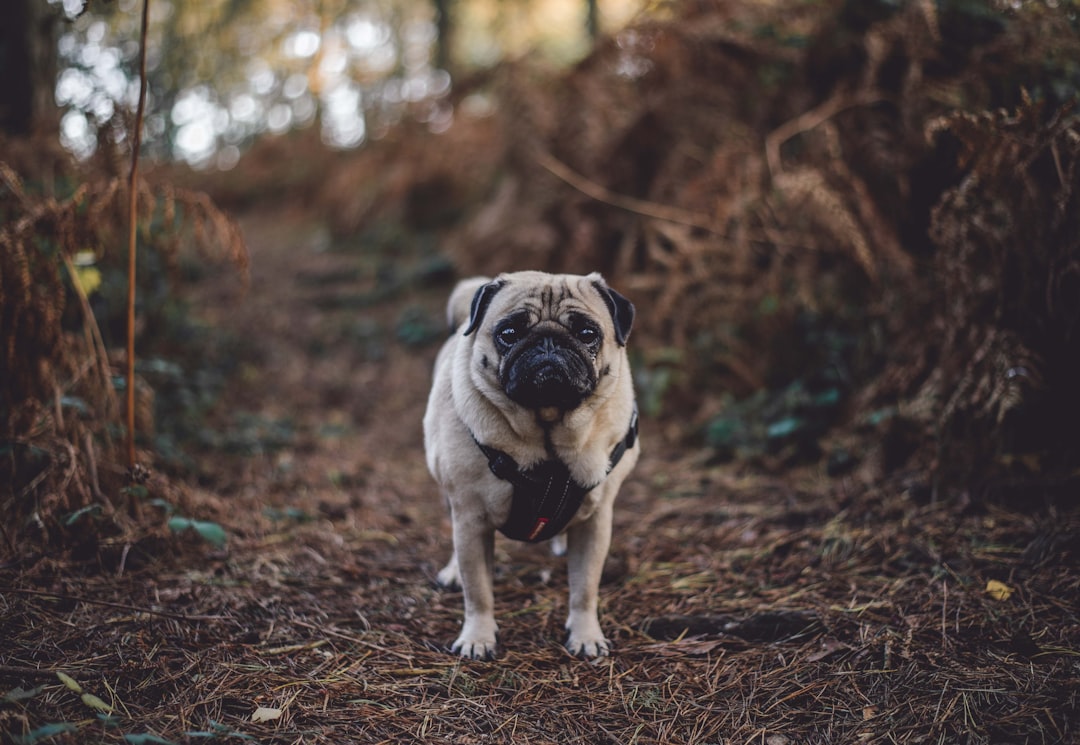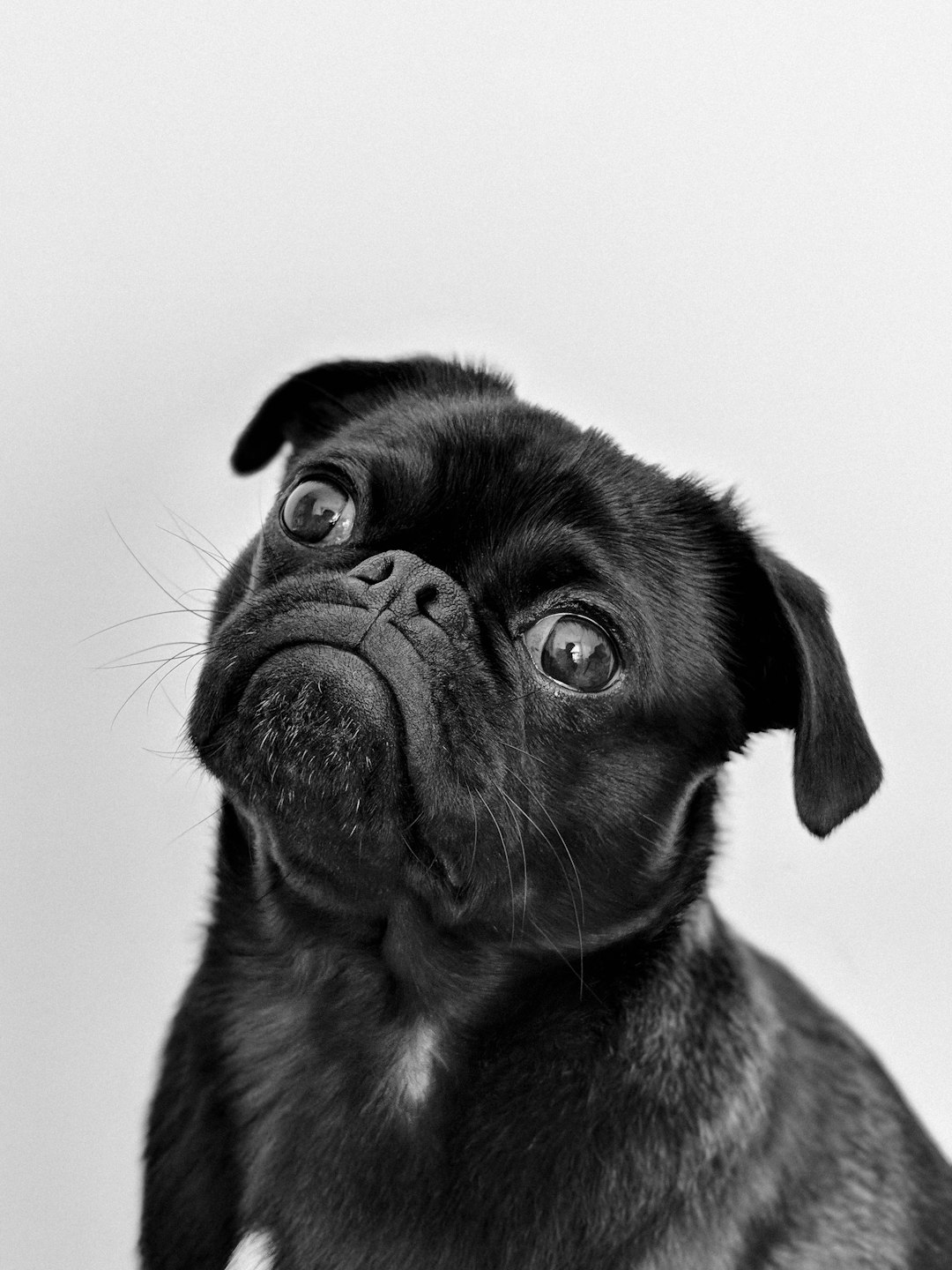The "Dog Side Eye" is one of the most endearing and enigmatic expressions our furry friends display. Often sparked by various situations, this adorable glance hints at a range of emotions and thoughts your dog may be experiencing. Understanding this behavior not only deepens your bond with your pet but also enhances your ability to interpret their needs and feelings. As you delve into the nuances of your dog’s body language, you’ll uncover valuable insights into their world and enhance your communication with them.
Common Situations That Trigger the Side Eye
Dogs express their emotions through various behaviors, and the Dog Side Eye is one of the most telling. Here are some common situations that may trigger this adorable response:
- Unexpected Noises: If your dog hears a loud bang or an unusual sound, they may glance sideways, assessing the situation.
- Strange People or Animals: Encountering unfamiliar individuals or other pets often leads to a Dog Side Eye, indicating curiosity mixed with caution.
- Familiar but Odd Actions: When you do something your dog doesn’t typically see, like wearing a hat or dancing, they might give you that cheeky look.
- Request for Attention: Dogs can sense when you’re distracted. They may throw a side eye your way to capture your focus.
- Anticipation of Treats: A side glance might indicate your dog’s eagerness for a snack or treat, especially when they know it’s near.
Understanding these triggers can enhance your relationship with your furry friend, making it easier to interpret their feelings and adjustments. Remember, the Dog Side Eye often reveals a blend of emotions.

The Emotional Context Behind the Expression
Understanding the Dog Side Eye goes beyond simple observation; it delves into a dog’s emotional landscape. When your furry friend displays this expression, they often convey specific feelings. Here are some emotional contexts to consider:
- Confusion: Your dog might tilt their head, looking askew. This often happens in response to new commands or unfamiliar situations.
- Discomfort: A Dog Side Eye can signal unease, especially in crowded or noisy environments. Dogs may feel threatened, prompting defensive body language.
- Curiosity: When investigating something new, dogs display a Side Eye as they assess potential risks or rewards.
- Mistrust: If a dog feels unsure about a person or object, they may glance sideways to gauge safety without fully exposing themselves.
Additionally, recognizing the accompanying body language is crucial. Ears pinned back, tense posture, or tail tucked can enhance your understanding of what your dog truly feels. By paying attention to these cues, you can decipher the Dog Side Eye and respond appropriately to your pet’s emotional state.
How to Interpret Your Dog’s Behavior
Interpreting your dog’s behavior can be a rewarding yet challenging experience, especially when it comes to understanding the Dog Side Eye. Here’s how to break down this adorable expression:
Reluctance or Discomfort: If your dog gives you the side eye, it may indicate they feel uncertain or uneasy about a situation. Look for other signs like tail position or lowered ears.
Attention-Seeking: Sometimes, a Dog Side Eye can mean your furry friend wants your attention. If they’re staring at you while you’re busy, they might be hoping for a play session or a treat.
Curiosity: Your dog may also show the side eye while observing something intriguing or unfamiliar. This behavior encourages you to explore what’s caught their attention.
Conflicted Feelings: A side eye can signal mixed emotions, such as excitement but also anxiety, especially during social situations or when meeting new people.
Recognizing these nuances helps you respond appropriately, enhancing your bond with your dog while addressing their needs.
Differences Between a Side Eye and Other Expressions
Understanding your dog’s emotional state requires careful observation of their facial expressions and body language. While the Dog Side Eye is a notable expression, it differs from other common canine signals. Here’s how to distinguish it:
| Expression | Characteristics | Meaning |
|---|---|---|
| Dog Side Eye | Quick glance sideways, perhaps slight head tilt | Cautious curiosity or awareness |
| Direct Eye Contact | Staring with both eyes directly at the person | Confidence or challenge |
| Squinting Eyes | Softly closing eyes, often combined with relaxed body | Trust or relaxation |
| Wide Eyes | Open wide, with raised eyebrows (if visible) | Surprise, fear, or excitement |
Key Takeaways:
- The Dog Side Eye signifies cautious interest.
- Direct eye contact can indicate dominance or aggression.
- Squinting often shows contentment, while wide eyes may suggest anxiety.
By recognizing these differences, you can better understand your dog’s feelings and respond accordingly, reinforcing a positive relationship.

Training and Socialization Impacts
Understanding your dog’s body language, including the Dog Side Eye, connects deeply to their training and socialization experiences. Here’s how these elements impact their behavior:
Training Effects
- Positive Reinforcement: A dog trained with positive reinforcement responds more confidently and is less likely to show uncertain expressions like the Dog Side Eye.
- Consistent Commands: Clear and consistent commands can reduce anxiety, making your dog feel secure and less prone to exhibiting their side-eye expression.
Socialization Influences
- Exposure to Various Environments: Dogs that experience diverse situations and other pets during their formative months are usually less fearful, reducing the likelihood of the Dog Side Eye.
- Interactions with Humans: Regular, positive interactions with people help dogs develop trust, decreasing instincts to express confusion or suspicion.
Key Takeaway
Training and socialization play critical roles in defining how your dog interprets their environment. By incorporating diverse experiences and appropriate training techniques, you will not only enhance their well-being but also minimize those adorable yet concerning Dog Side Eye moments.
In conclusion, a well-socialized and trained dog is likely to exhibit confidence, leading to fewer instances of the Dog Side Eye.
The Role of Body Language in Canine Communication
Understanding your dog’s body language is crucial in interpreting the Dog Side Eye and other expressions. Dogs communicate primarily through non-verbal cues. Here are key aspects to consider:
- Ears: Position indicates mood. Erect ears indicate alertness, while pinned ears may signify fear or submission.
- Tail: A wagging tail suggests excitement, while a low or tucked tail often reflects anxiety or submission.
- Eyes: The Dog Side Eye can signify uncertainty or distrust. If your dog shifts its gaze while showing the side eye, it’s trying to communicate discomfort.
Comparison of Common Dog Body Language Signals
| Body Language | Meaning | Emotional State |
|---|---|---|
| Side Eye | Unsure or untrusting | Anxious or cautious |
| Wagging Tail | Happy and engaged | Joyful or excited |
| Growling | Warning or discomfort | Threatened or protective |
In essence, the Dog Side Eye serves as a reminder of how attentively observing your canine companion can enhance your understanding of their feelings. Emphasizing positive reinforcement and engagement will help strengthen the bond between you and your dog, reducing the likelihood of the Dog Side Eye as a communication tool.
When to Seek Professional Help for Behavioral Issues
Understanding your dog’s behavior, including the Dog Side Eye, is crucial for fostering a healthy relationship. However, some signs indicate it might be time to seek professional assistance.
Consider consulting a veterinarian or a certified dog trainer if you notice:
- Increased Aggression: If your dog shows aggression toward people or other animals, it’s essential to seek help.
- Excessive Fear: A dog that frequently displays fear responses or the Dog Side Eye in alarming situations may require professional evaluation.
- Inconsistent Behavior: Sudden changes in your dog’s demeanor can signal underlying issues needing attention.
- Destructive Behavior: Excessive chewing or digging may indicate stress or anxiety, warranting professional intervention.
- Difficulty Training: If training efforts fail repeatedly, a professional can offer tailored strategies.
Identifying these triggers can improve your dog’s emotional wellbeing. Don’t hesitate to reach out for help; addressing behavioral issues early on creates a happier, healthier furry friend!

Frequently Asked Questions
What is the ‘dog side eye’ expression?
The ‘dog side eye’ is a characteristic look that dogs often display, where they give a sideways glance or turn their head to the side, seemingly judging or assessing a situation or person. This expression can be accompanied by slight squinting of the eyes and can signal curiosity or caution. Dog owners often find this facial expression amusing, as it portrays a sense of awareness and sometimes skepticism in their furry companions.
What causes dogs to give a side eye?
Dogs may give the side eye as a response to various stimuli, such as unfamiliar situations, new people, or items that intrigue or concern them. It can also be a way for them to express their feelings of uncertainty or wariness. By tilting their head and looking askance, dogs might be trying to alert themselves to potential threats or simply taking in their surroundings while maintaining a level of comfort with their position.
Is the dog side eye a sign of aggression?
No, the dog side eye is generally not considered a sign of aggression. Instead, it is more often associated with a dog’s curiosity or caution. While it can sometimes be accompanied by other more aggressive body language like stiff body posture or a growl, the side eye itself usually indicates that a dog is observing and processing their environment rather than preparing to act aggressively. However, context is essential in interpreting dog behavior.
How can I respond when my dog gives me a side eye?
When your dog gives you a side eye, it’s essential to observe their body language for additional signals. Typically, a side eye indicates that your dog is comfortable but alert. You can respond by gently acknowledging their curiosity with calm, friendly tones and even engaging them with a toy or treat to assure them everything is okay. This helps reinforce a sense of security, fostering trust between you and your canine.



